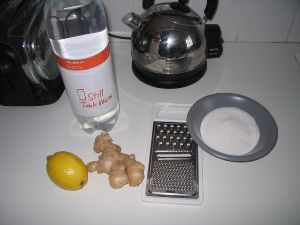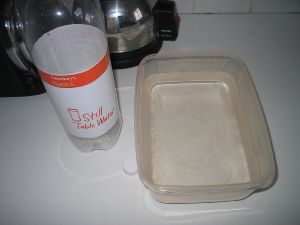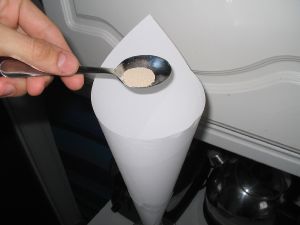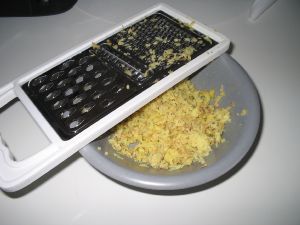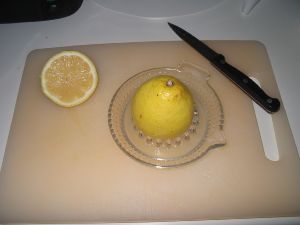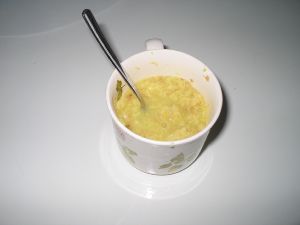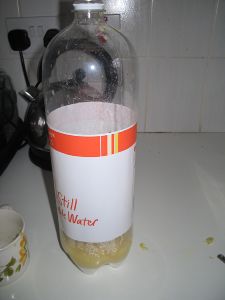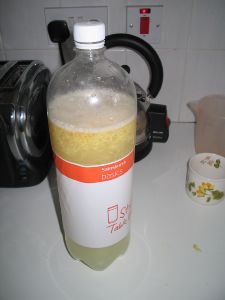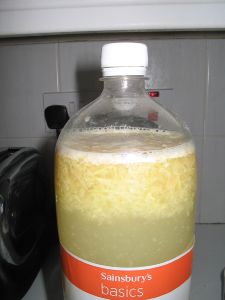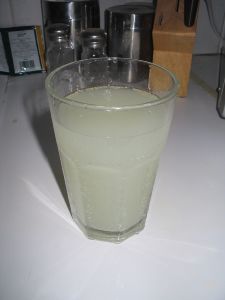The baking times are approximate; it depends on how thick you cut the wedges or rounds of sweet potatoes. Try to cut them evenly so they all cook at about the same rate. For best browning results bake only one sheet at a time. Why the sugar? To help with the caramelization and to intensify the sweetness of the fries, but you can easily leave it out if you want.
INGREDIENTS
- 2 pounds sweet potatoes, about 3 large ones
- 1/4 cup olive or other vegetable oil
- 1-2 Tbsp sugar
- 1 Tbsp salt
- 1-2 Tbsp spice or spice combination of your choice: chipotle powder, smoked paprika,
- Chinese five-spice, pumpkin pie spice, garam masala, Cajun seasoning, etc.
METHOD
1 Preheat oven to 450°F.
2 Peel the sweet potatoes and cut off the ends. Cut the potatoes in half lengthwise and then, if they are very long, in half crosswise. Cut each piece into wedges. Alternately, you can slice the peeled sweet potato into disks either with a mandoline or a sharp knife.
3 Put the sweet potatoes into a large bowl and add the oil. Mix well to combine. Sprinkle with salt, sugar and spices of your choice. Use your hands to mix well, so all pieces are coated with oil and spices.


4 Spread the sweet potatoes out in a single layer on a baking sheet; the oil they are coated with should keep them from sticking to the pan. If you are trying to cut fat, reduce the oil to 2 Tbsp and use a non-stick coating on the baking sheet.
5 Bake for a total of 25 to 30 minutes. After the first 15 minutes, remove the baking sheet from the oven and turn over all of the sweet potato pieces. Return to the oven and bake for another 10-15 minutes, or until they are well browned. Let cool for 5 minutes before serving.
Serves 4-6 as a side dish.
